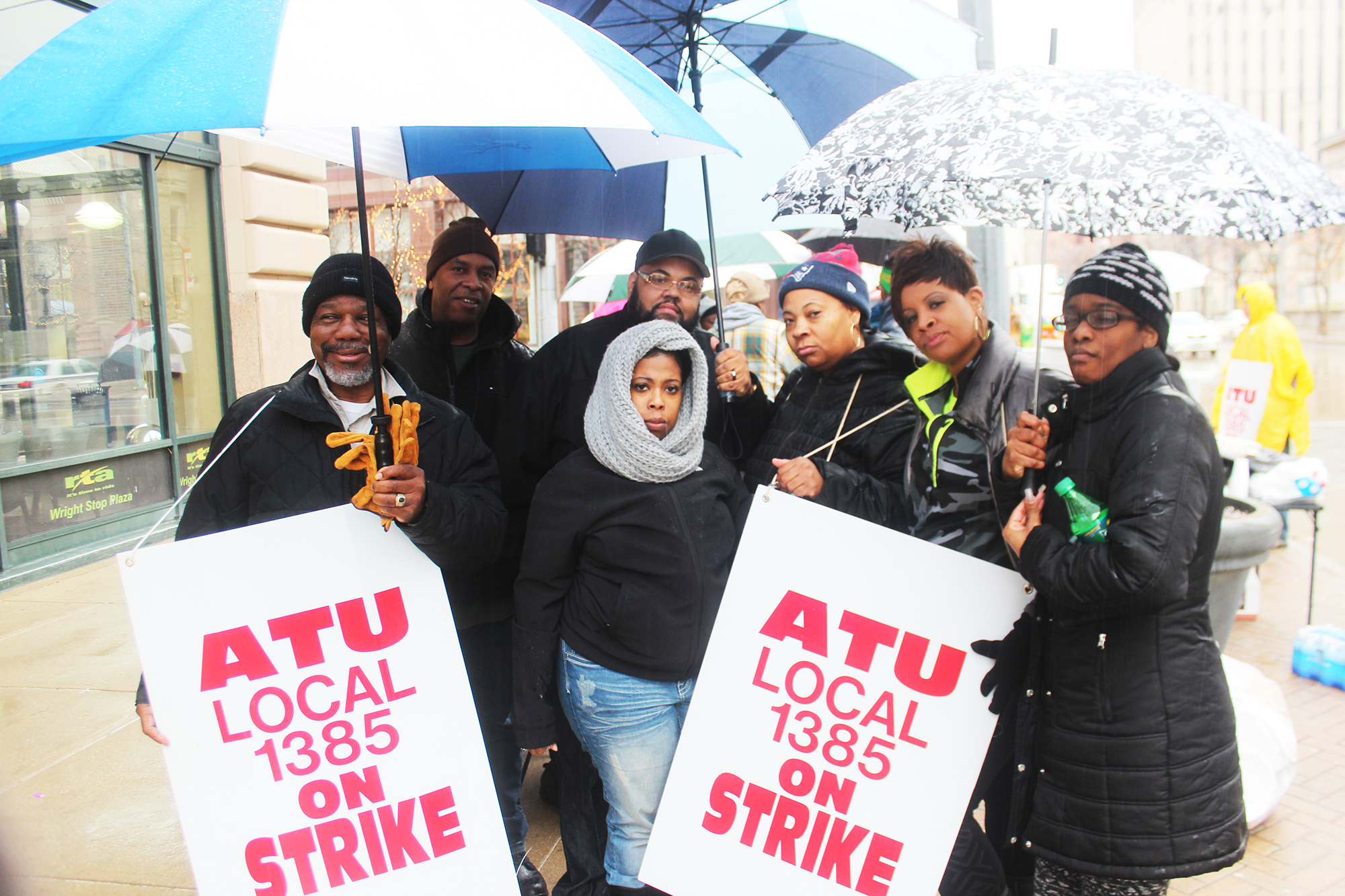Last Monday saw the Amalgamated Transit Union Local 1385, also known as the ATU, the largest union organization within the RTA, go on strike. For many Dayton students, their way of transportation was now gone.
The ATU decided to go on strike after they failed to reach a new contract with the RTA. The negotiations were struggling with health care. The ATU alleged that the RTA “unilaterally changed employees’ health insurance to a high-deductible plan,” as well as low wages and lack of adequate break time.
The ATU was on strike for four days before reaching an agreement with the RTA. They are expected to sign this agreement on Tuesday. On Friday, January 13 the RTA was back up and running. At this point, neither side will be releasing the details of their agreement.
As a result from the strike, the RTA will be offering free rides through the month of January. The program is called “pay what you want” and it allows bus riders to pay whatever they would like.
“Customers can choose to ride free if they wish, but the RTA encourages everyone to support those who are in need in our region,” the RTA said in a statement.
For many students, riding RTA is a way to save money and time rather than driving or, for some who depend upon a ride, the RTA lets them take the bus rather than depend upon a parent or guardian to drop them off.
For some students, carpooling may be their best option. If many students live in the same area, it might be best to catch a ride with people who have to be on campus at the same time. Not only will it save them some time, but it will also save gas money with multiple carpoolers chipping in.
Many students have to drive to their campus each week. For those who live 20 to 30 minutes away, it can be a long drive. According to UC San Diego, distracted driving is a prevalent problem for college students. Most of the time, it is texting that distracts the students the most.
The RTA is back in business with both sides reaching an agreement through a mediator. For those who depend upon the buses, this is very good news for them.
Sinclair had kept students and faculty up to date on the strike through their Sinclair email portals. Although there was no estimated time the strike was to go on for, Sinclair suggested alternatives like Uber to attend classes.
For those that do not rely on the RTA or Uber, the fare from Sinclair’s RTA stop to any RTA stop destination is at max $2. This includes the transfer card, which allows customers to change buses within the allotted time frame. Direct trips are $1.75 without any discount. Month passes are available.
For popular suburban locations like Kettering and Centerville, Uber estimates–without surge pricing, in which case increased demand elevates the price of the ride–a one-way trip cost of $13-$17.
For students that are required to attend classes five days a week, the strike could have been devastating for both their educational futures and wallets.
Laina Yost
Managing Editor

